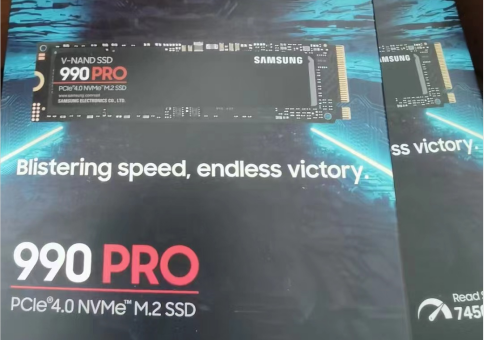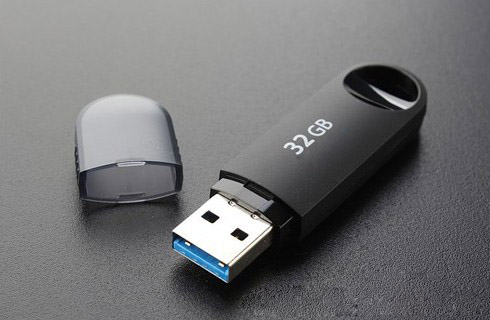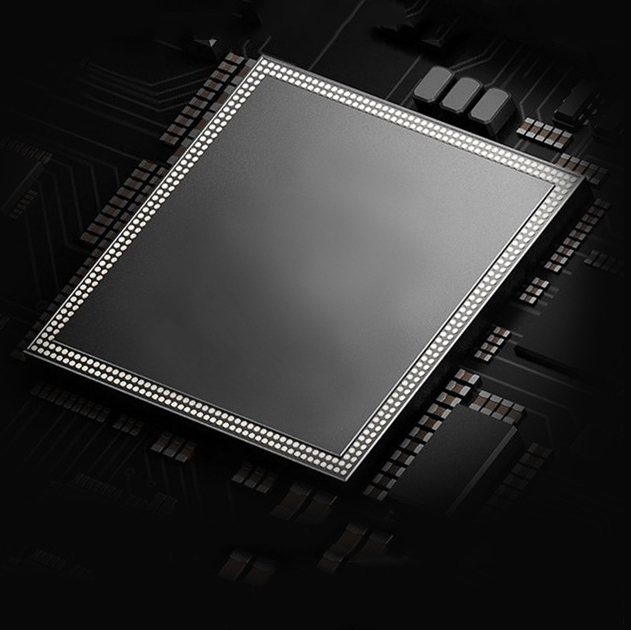The difference between SLC, MLC and TLCThe TLC chip technology of the X3 (3-bit-per-cell) architecture is an extension of the MLC and TLC technologies. The earliest NAND Flash technology architecture is SLC (Single-Level Cell), and the principle is in one memory storage unit (cell). The data of one bit is stored until the MLC (Multi-Level Cell) technology is connected, and the architecture evolves into one memory storage unit to store two bits.
In 2009, the TLC architecture was officially launched, representing a memory storage unit that can store 3 bits, and the cost is further reduced.
Just like the trend of the previous wave of SLC technology to MLC technology, this time it was also triggered by NAND Flash manufacturer Toshiba. Samsung Electronics also joined the battlefield, making the entire TLC technology mass-produced and applied. On the terminal product.
Although the TLC chip has a large storage capacity and a low cost, it can only be used in low-end NAND Flash related products, such as a low-speed flash memory card, a small memory card microSD or a flash drive, because the performance is greatly reduced.
For example, the embedded technology of liquid applications, smart phones, and solid-state hard disks (SSD) is high. For applications such as high-speed and error-free NAND Flash performance, SLC or MLC chips must be used.
The main growth drivers for the NAND Flash market in 2010 are from smart phones and tablet computers, both of which must use SLC or MLC chips, so both chips are out of stock, while TLC chips are continuously oversupply and will The average price of the entire industry has been pulled down, causing the market regulator iSuppli to report a rare market size reduction in the second quarter of 2010, when the global NAND Flash output value decreased, from $4.3 billion in the first quarter of 2010 to $4.1 billion. Reduced by 6.5%.
The difference between SLC, MLC, and TLC flash chips used in U disk MP3:
SLC = Single-Level Cell, which is 1bit/cell, with fast speed, long life and high price (about 3 times MLC price), about 100,000 erasing life.
MLC = Multi-Level Cell, which is 2bit/cell, the speed is generally average, the price is average, about 3000—10,000 erasing life
TLC = Trinary-Level Cell, which is 3bit/cell, and Flash manufacturer is called 8LC. The speed is slow and the life is short, the price is cheap, about 500 times of erasing life. At present, there are no manufacturers that can do 1000 times.
At present, the flash memory chips used in the fingerprint U disk products produced by Anderson Technologies are the original A-class chips in the Samsung MLC. Read and write speed: Tested with H2testw v1.4, Samsung MLC write speed: 4.28-5.59 MByte/s, read speed: 12.2-12.9 MByte/s. Samsung SLC write speed: 8.5MByte/s, read speed: 14.3MByte/s.
The life of the flash memory to be described refers to the number of times of writing (erasing), not the number of times of reading, because the reading has little effect on the life of the chip.
The difference in life between SLC, MLC, and TLC flash memory
SLC uses both positive and negative charges. A floating gate stores 1 bit of information and has a life of about 100,000 erases.
MLC uses the charge of different potentials, a floating gate stores 2 bits of information, about 10,000 erasing life, SLC-MLC [double capacity, life shortened to 1/10].
TLC uses different potentials of charge, a floating gate stores 3 bits of information, about 500-1000 erasing life, MLC-TLC [capacity is 1/2 times larger, life is shortened to 1/20].
The lifespan of flash memory products is getting shorter and shorter, and now there are products made by TLC flash memory on the market.
Given the difference in lifetime between SLC and MLC or TLC flash
Manufacturers of digital products are strongly urged to mark SLC and MLC or TLC flash products on their products using flash memory.
Many people are unclear about the SLC and MLC of flash memory. Take the current popular MP3 player, is it to buy SLC or MLC flash chips? Let me tell you here first that if you have low requirements on capacity, but have high requirements on machine quality, data security, and machine life, then the SLC flash chip is the first choice. However, the cost of large-capacity SLC flash memory chips is much higher than that of MLC flash memory chips. Therefore, most of the high-capacity and low-priced MP3s above 2G use MLC flash memory chips. Large-capacity, low-priced MLC flash memory is naturally favored by everyone, but its inherent shortcomings have to be considered.
What is SLC?
SLC English full name (Single Level Cell – SLC) is a single layer storage. Mainly used by Samsung, Hynix, Micron, Toshiba, etc.
The SLC technology is characterized in that the oxide film in the floating gate and the source is thinner, and the stored charge is removed by applying a voltage to the charge of the floating gate when writing data, and then passing through the source. In this way, one information unit can be stored. This technology can provide fast program programming and reading. However, this technology is limited by Silicon efficiency and must be processed by more advanced process enhancements. ), in order to improve the SLC process technology.
What is MLC?
MLC English full name (Multi Level Cell – MLC) is multi-layer storage. Mainly used by Toshiba, Renesas, Samsung.
Intel first developed the MLC in September 1997. Its role is to store two units of information in a floating
Gate (the part of the flash memory cell that stores the charge), and then use the charge of different potentials to accurately read and write through the voltage stored in the memory. MLC uses a large number of voltage levels, each unit stores two bits of data, and the data density is relatively large. The SLC architecture has two values of 0 and 1, and the MLC architecture can store more than four values at a time. Therefore, the MLC architecture can have a better storage density.
Compare the advantages of MLC with SLC:
Signed in the current market mainly based on SLC and MLC storage, we know more about SLC and MLC storage. The SLC architecture is zero and one value, and the MLC architecture can store more than four values at a time. Therefore, the MLC architecture has a high storage density and can use the old production process to increase the capacity of the product without additional investment in production equipment. Have the advantage of cost and yield.
Compared with SLC, MLC has lower production cost and large capacity. If improved, the read and write performance of MLC should be further improved.
The disadvantages of MLC compared to SLC:
The MLC architecture has a number of shortcomings. First, the lifetime is short, the SLC architecture can write 100,000 times, and the MLC architecture can only withstand about 10,000 writes.
Secondly, the access speed is slow. Under the current technical conditions, the theoretical speed of the MLC chip can only reach about 6MB. The SLC architecture is more than three times faster than the MLC architecture.
Furthermore, MLC consumes more energy than SLC and consumes about 15% more current than SLC under the same conditions of use.
Although MLC has many disadvantages compared with SLC, MLC still has an absolute advantage in terms of single chip capacity.






